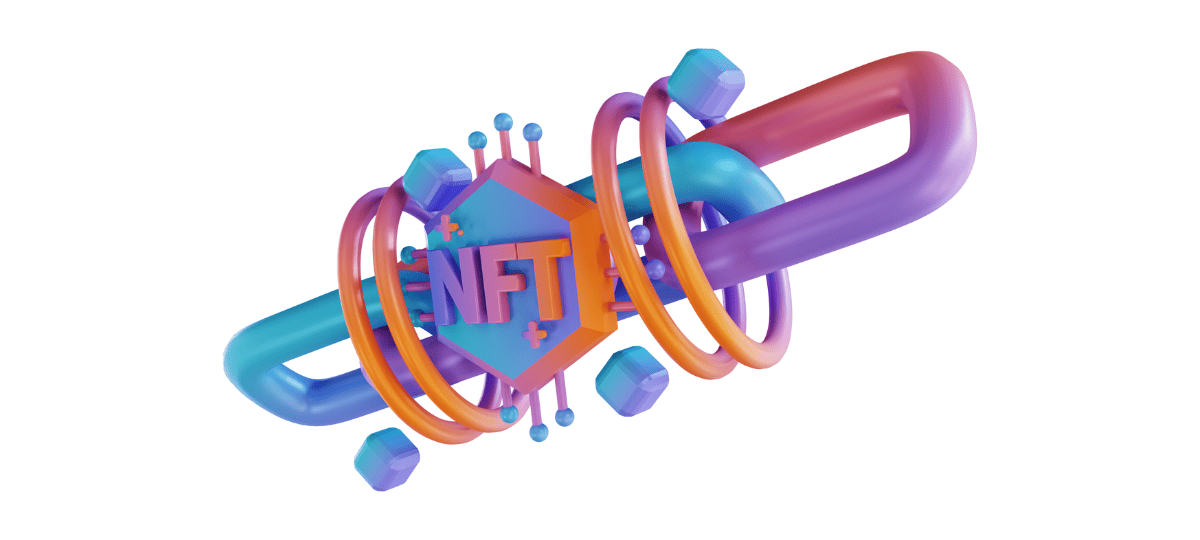In the digital world, NFTs have grown well past the hype phase. With Mike Winkelmann making $69 million by selling an NFT, it’s no wonder many digital artists have their eyes on the latest trend.
How Do NFT’s Work?
Non-Fungible Tokens (NFTs) are non-replaceable digital items (or assets). They are unique, they are one of a kind, and their value is defined by the public. It’s like the difference between a general copy of a best-selling book and one that is signed by the original author. NFT’s are like a stamp of acknowledgment.
NFTs exist on a digital ledger called the blockchain. Most people are familiar with this name due to the fact that cryptocurrencies such as Bitcoin are also on the blockchain. Control does not belong to any one person and the blockchain specifically used for NFTs is decentralized and immutable, meaning once the information is on record in this digital ledger it cannot be reversed. Once information is there, it is publicly recognized.
What’s good about it?
- Permanence
Although most digital products are easily accessible and most anyone can obtain them for free, NFTs are a unique digital signature and one-of-a-kind. One NFT cannot be exchanged for another which is why they are “non-fungible”. From a societal standpoint, scarcity breeds desire. In consumer-driven countries especially, the desire to own something that no one else can and claiming it as your own is abundant. NFTs utilize this idea within the digital space. Because they exist on the blockchain, it is on record forever. If you claim your own work before selling it, by utilizing NFTs, there is no dispute on who owns it. - One-Off NFTs
There is a single token for each artwork. In the example above, having a singular signed copy of a best-selling author’s book. Having this one-of-a-kind item can increase the assumed value of your digital product. - Editions
A creator can make more than one token for each piece of work. This method can be useful due to the principles of supply and demand. In this way, you are profiting more off of one singular piece of content, but the profit you gain may be lower than the One-Off NFTs.
What’s not so good about it?
While NFTs can provide a profitable avenue for artists and other individuals, there are also real and disastrous environmental impacts. NFTs are validated through the blockchain through a variety of processes. One part of the validation process is the proof of work, requiring a computer to solve a number of complex equations. Solving these takes a lot of power and electricity. One transaction can create a carbon footprint equal to that of powering a home for a month.
How to Create and Sell NFTs?
If you want to create your own NFTs, you need a few things first. If you are not familiar with cryptocurrency, that is okay. You don’t need an extensive background in order to create an NFT. You do, however, want to understand blockchains and decide which blockchain platform you want to use for issuing your NFTs to consumers. Ethereum is the leading platform for NFTs though other platforms are starting to rise in their inclusion of NFTs. Each platform does have different restrictions, and some have fees for use. You will also need a cryptocurrency wallet that will allow you to hold your digital cash. From there, you can choose a marketplace such as OpenSea, Makersplace, and Mintable that includes NFTs and upload the file or image you want to use. The actual creation of the NFT is little more than uploading, clicking, and signing a digital signature. To sell your newly created NFT is as simple as clicking the “sell” button but to put your NFT on the market can also incur a fee depending on the marketplace. You are then able to define the price or run an auction for your NFT. The most common acceptable cryptocurrency is Ether and ERC-20 tokens. Depending on the blockchain platform you chose, there may also be restrictions on the type of cryptocurrency you can accept. There is also an option for setting up royalties for your NFTs. Some people view NFTs the same way they do stocks and putting them on the Marketplace is all you need to do.
Will Using NFTs Improve Your Marketing Strategy?
Short answer: probably not. While there are a lot more conversations about NFTs, focusing too much on them will not help your overall marketing goals. For those who already have an established brand, it can help, but if you are a rising star, NFTs may not be in your best interest. Again, NFTs show ownership of digital content. If no one knows who you are, why would they spend money to own what you have created?
Marketing Strategies for Content Creators
Let’s assume you have amazing content. You’ve gotten your style down and you’ve created some appealing work that you know others will love. Having the product or content is only the first step in monetizing your brand. Whether you are just starting out or you are trying to grow your brand, it can be challenging, especially if there is a lot of competition for your niche. Whether you adopt NFTs into your marketing plan, there are other ways to get your work in front of the eyes of your audience.
- Social Media Management
With the world delving deeper into the digital space, especially after quarantine, it is important to develop a strong social media presence. This is especially true for content creators. Being able to not only produce good work, but also create genuine engagement from your followers, is important. Creating a healthy online presence on platforms like Facebook, Instagram, and Twitter can take your brand to the next level. - Partnerships
Keep in mind, it’s not always about who you know. It’s about who knows you. Being able to sow your seeds around the digital space is incredibly important in brand development. Searching for collaboration opportunities (paid or otherwise) can make all the difference in potential clientele. This is especially true for digital artists and content creators. Finding places that you can post your work with a bio can drive traffic back to you. Contributing to websites, magazines, blogs, etc, can put your content in front of the eyes of an audience you might not have otherwise reached. While there are a wide variety of paid opportunities, having a good balance of pro bono work can be a good marketing strategy as well.
Ways to Make Profit
- Commissions
One of the most accessible ways to make money from your content is to take commissions. The more you promote your artistic content, the more likely you will be asked for projects. Places like Twitter and Facebook groups are great places to promote yourself. There is an unlimited number of people who want creative content but do not have the skill to do so. - Freelancing
One of the most accessible ways to make money from your content is to take commissions. The more you promote your artistic content, the more likely you will be asked for projects. Places like Twitter and Facebook groups are great places to promote yourself. There is an unlimited number of people who want creative content but do not have the skill to do so. - Products
Another way for content creators to make money is by selling products. This can be more difficult than making commissions or taking freelance jobs as you do have to set up a store. Additionally, you have to consider things like inventory, overhead costs, and shipping. However, artists can create a variety of merch on platforms that utilize make-on-demand products like Amazon, Shopify, and Zazzle.
Whether or not you decide to use NFTs in your pursuit of monetizing your art, understand that it is an involved process without guaranteed success. The value is solely dependent on the consumer. In order to use NFTs to their highest capacity, you must first have enough interest from your audience. If you do not have that, cultivating interest and engagement with your target audience is the first step to your success.



